
LS Electromecanica SA will participate between August 18 and 28, 2020 of the XXVIII Congress of the Argentine Association of Direct Sowing Producers (AAPRESID) and will be part of the event that brings together the most prominent references to show the latest technologies that enhance agricultural systems . For more information go to https://2020.congresoaapresid.org/

LS Electromecanica SA will participate in Expoagro Digital on September 9 and 10, 2020. You can contact us through its virtual platform for free and secure. To do so, you only have to register on the virtual platform of the exhibition that will be available from September 1. How to know more? Entering https://www.expoagro.com.ar/expoagrodigital/ or https://youtu.be/6LEHOJFgYFM
LS Electromecanica opens its market in the United States with the first dispatch of the Treatment Equipment
Seed Professional POPP ENGINEERING INC. – AgRELIANT TREATER LS-B6.
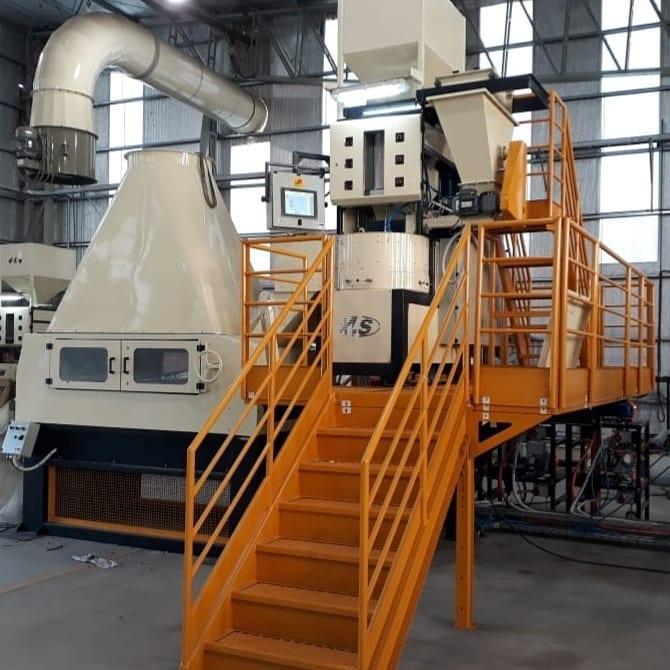
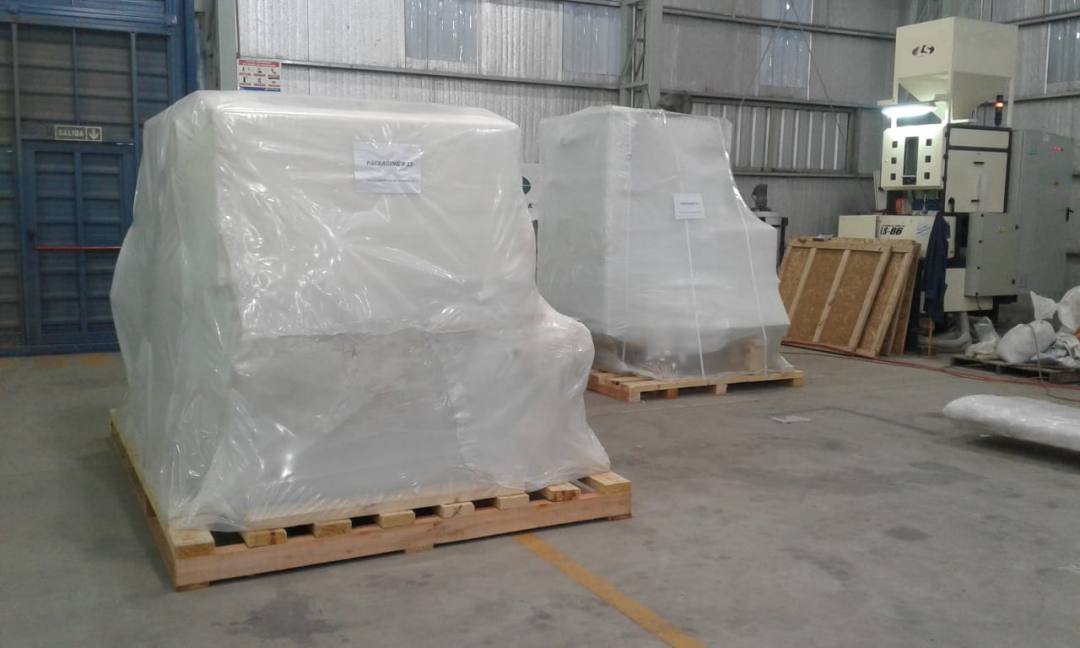
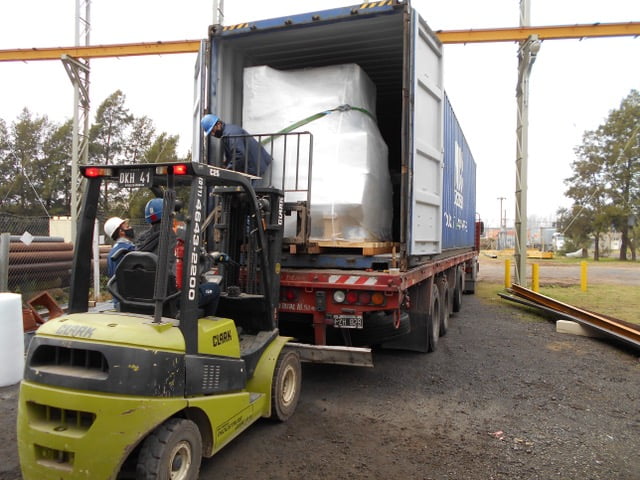
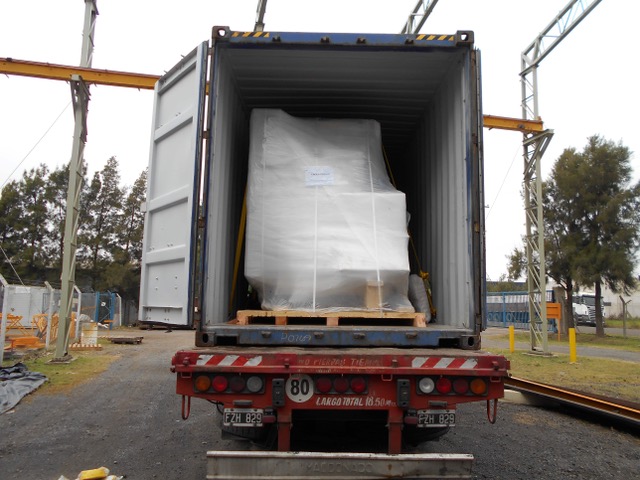
LS Electromecánica SA joined the “Campaign to Benefit the San Luis Hospital” in the city of Bragado ”in order to strengthen this Institution in the framework of the Covid-19 Pandemic.
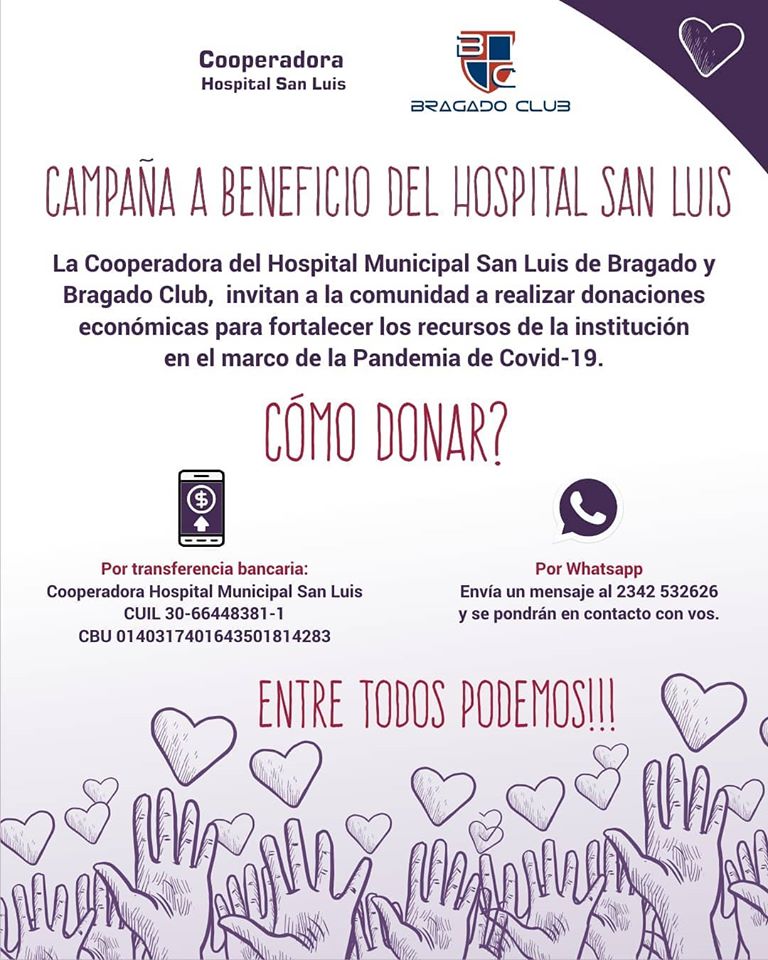

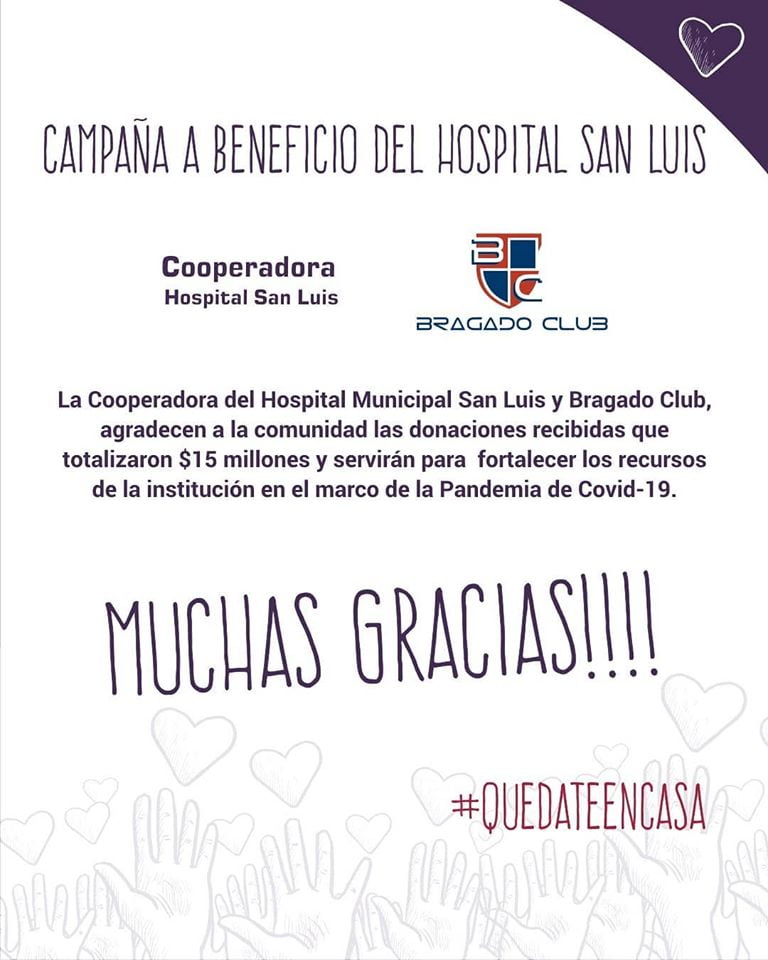
We are waiting for you to know all our products and the financing lines that we will be offering in the largest dynamic mega-sample in the Region.

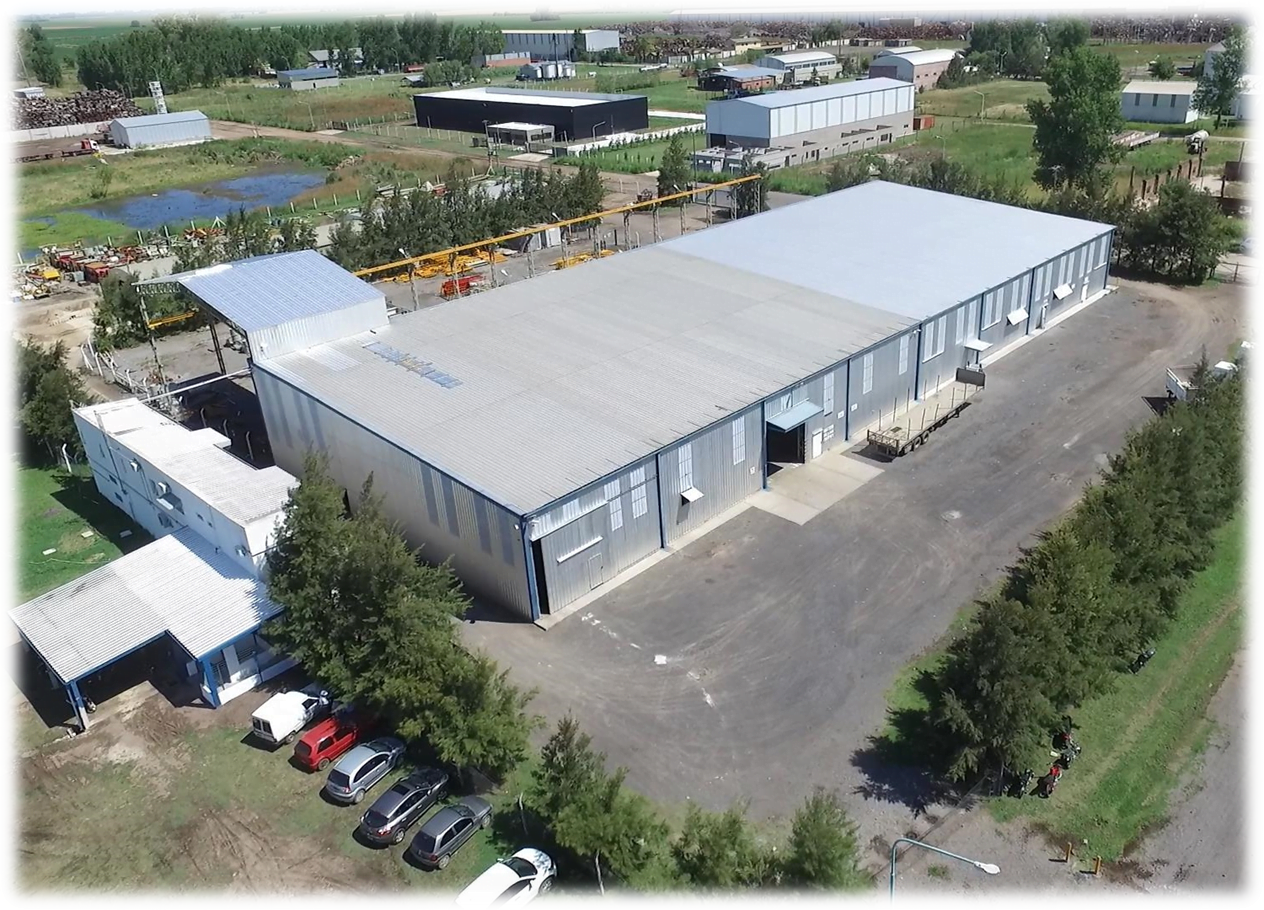
Do not miss the note where we review our origins and advance news about the commercial tools that we will launch in @expoagrocom.
You can read the note in https://www.eleconomista.com.ar/2020-02-es-posible-reinventarse-y-crecer-en-argentina/

A Associação Brasileira dos Produtores de Sementes de Soja (ABRASS) em parceria com as empresas do setor Bayer, BASF, Corteva Agriscience™ e Syngenta
lançaram to campanha TSI em Campo. The objective of the campaign is to promote or use the industrial treatment of seeds, such as care
It is essential and necessary from the seeding and the constant search for two farmers for sustainable production and profitability.
Ao opt for the industrial treatment of seeds (TSI), or farmer ganha efficiency not process. O TSI provides less mechanical damage to the mind,
of adequate product and uniform coverage. O rural producer ganha em plantabilidade e eficiência no plantaio, além de ganhar agilidade com semente
prompt no seeding time. According to the producer and President of the Brazilian Association of Two Producers
de Sementes de Soja - ABRASS, Tiago Garcia Taques da Fonseca, or use of the TSI guarantor of the development of the plantation. “O TSI traced to the farmer the benefits observed mainly at the time of planting in the initial phase of the crops. The defensive and inoculant products of the industrial treatment of semente are the result of numerous and extensive studies that have based on your records of small companies. São produtos that têm demonstrated excellent performance, ”he says. Two years later, this type of treatment has become the most non-soybean market. Close to 40% in the soybean area of the country and treated in an industrial way, second to Business Intelligence Panel (BIP) research, from Spark Consultoria. Or TSI offers protection not only and contributed to the quality and profitability of the company, avoiding waste. "Or use of proper equipment, structure, equipment prepared technique, investments and treins fazem a diferença nesse processo. The companies supplying soybean crops carry out their operations of
industrial sector treatment as a volume control, by means of analyzes of the last generation ”, ressalta Tiago. A school or industrial treatment, or a farmer with significant advantages, as an efficiency in a fairly initial phase of cultivation, which is extremely critical, as well as having an allied strength against pragas and doenças since or beginning of the cycle.
Vantagens do TSI
Praticidade e conveniência: semente ready to come, facilidade
of operation and reduction of time of work.
Segurança: Reduction of manuseio and exposure to non-field products.
Protection: uniform distribution of the product in the same dose, reduction of plant loss and uniformity of the plant.
Technology: Dosages applied with precision, rigorous compatibility tests and safety with the high yield of two polymers.
Conheça mais on a campanha
Conheça mais on a campanha TSI em Campo e as companies that fazem part gives initiative
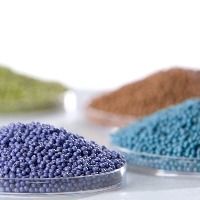
Silmar Teichert Peske - silmar@seednews.inf.br | Hermann Platzen - platzen70@t-online.de
Thus, it is necessary to have a high quality of performance, since it is a matter of which no field has been obtained and it refers, among other characteristics, to the ability to originate a new plant, to the extent or performance of obtaining the treatment of seeds, mainly referring to the capacity of Overcoming adverse conditions due to seeding. Neste senNdo, or Brazil treats more than 90% of soybeans, milho e algodão, more than 70% for wheat and more than 50% for rice, this is for the main cultures of the country. Vários são os produtos uNlized for or treatment of seeds, such as biologics, fungicides, inseNcida, nemaNcidos, rooting, micronutrients, polymers, among others, depending on the farmer's desire. Assim, or sementes treatment deserves special attention because of it or that semente can carry out no moment of seamuration, being as principalis to dosage of product, compatibility between products, liberation of po, coverage of semente and operational-environmental security. In this sense, the association of two producers of seeds from Mato Grosso (Aprosmat) conducted a project to diagnose the situation of soybean crops in their state, in terms of taxa of use and quality of process.
Or was
A methodology of the study consisted of taken from samples of lots of crops that the farmer was using to use in his fields of production of grain, being carried out by a outsourced company with knowledge of the area, total number of 147 samples, expanding or been in the country, and whose intensity was in the function of the area covered by the municipality. As far as the evaluations are concerned, these consist of an analysis of principles of insecticide and fungicide present in the past (via HPLC) and visual assessment of the recovery of the seeds. Picture The results will show that about 20% of the samples were from industrial treatment (TIS) of a producer of seeds, whereas about 80% of the samples were from the “On Farm” Treatment (TOF - that carried out on the farmer's farm). This percentage of TIS not MT is one of the two lowest in the country, since the South region stands out, with about 40% of adoção. The benefits of TIS são vários, such as: precision of dosagem, uniform coverage of sementes, fluidity of sementes, test of broths, accentuated reduction of time, economy of time, reduction of cliff for human and environmental health, among others. On the other hand, as reported by two farmers, the justices for or use of the TOF are only related to the need to add inoculant or to other products just before harvesting, with the possibility of less treatment and less custody. Currently, as an inoculant development, long life (45 days), it can be obtained with TIS at the time of performing the harvest; On the other hand, the situation of placing various products does not undergo treatment for testing the resulting broth, or that is carried out in a non-TIS manner. In relation to seeds, they can also be used as TOF, being an element of management of the need for seeds for seed. Aspects of custody and reliability of process (understand dosage) need also be considered to increase or TIS. In connection with the analysis of two different principles, two fungicides and insecticides present in each case, this showed a great variation in samples from TOF. Considering a recommended dosage of 100 ml of product per 100 kg of seeds, there is a variation of 15 ml at 380ml / 100kg, since 68% you give are between 50 and 150ml / 100kg. Outras, more than 30% dasmostras, we found below and above these dosages. On the other hand, the analysis of two new ingredients from TIS will vary from 80 to 120ml / 100kg of seeds, in that 95% you give to samples found 87 to 113ml of product per 100 kg of seeds (figure not text). The results really show that TIS is produced per 100 kg of seeds (figure not text). The results really show that either TIS is a dominated process, involving equipment, products and people that no farmer can trust. A visual assessment of the seeds with TIS confirms that the coverage of the seeds was uniform and there was no residue detachment, so many seeds from the TOF or cover were not uniform and there was a residue detachment. This analysis shows that, in addition to the TOF, it does not provide a uniform treatment of seeds, it is also friendly with the environment. The results of the study indicate that either TIS provides more benefits for the farmer or the environment than the TOF, indicating that the current taxation of adoration of TIS will not be able to increase substantially, since the farmer has convicted two benefits. In this sense, the results of this APROSMAT study collaborated in a marked way. Finally, ideal results obtained and analyzed in an outsourced way avoid the conflict of interests, being able to help in the adoption of technologies. Next, some aspects of the treatment process will be discussed:
1 - Or industrial treatment
The TIS consists of three pillars: o equipment, to product line to be veiculated by the operator. In relation to equipment, these possibilities include products incorporated into the recommended dosage, with very little variation between the seeds and in a uniform way (as can be seen, it was not studied by Aprosmat). Also, to meet different demands, it has equipments with capacities ranging from kg / h to t / h, this characteristic being convenient for a distribution distribution logistics at the time of harvest. At the same time, for its time, it can be maintained by several products, with different chemical and physical properties and, at the same time, mistreated, they can present inconvenience of consistency, affection or recovery process. Neste senNdo, es esencial that a calda seja tested before the operação de tramento das sementes, or that is contemplated not TIS. A professional qualification of the staff involved as equipment and calda requires special attention, as it can be verified by the training centers raised by the equipment and product companies. No Brazil, there are about 10 highly structured centers for training of people who work with sementes. Or firstly, he is practically 10 years on loan.
2 - TIS use chart
Or the Aprosmat study shows that a tax of use of TIS, not MT, with about 20% for soybean crops, can be increased, as in other states of the country, as a national medium of TIS and less than 30%. It is evident that TIS has brought great benefits to the farmer, meanwhile his distribution logistics 60 days before harvesting, a huge range of products that can be sold to crops and left over from crops, which are inconvenient to working hard. Assim, esNma-se that hair less 50% das sementes de soy pode, com facilidad, be com or TIS not time da semimidation. There is a commercial aspect involving aspects such as tradition, mistrust, economy and foundation, which are not the context for or increase in the taxation of TIS.
3 - Dosagem e aderência
The aspect of dosing two chemical products deserves special attention, for example, or TOF, it is practically not possible to apply it at the recommended dosage of the product, and it is a BIG DISADVANTAGE. A subdosagem não terá or expected effect to increase or performance das sementes, as a superdosagem can entail em physiological damage to sementes (several evidenced work)
Our observed results were not studied, more than 151TP1 days with TOF were presented more than once and at the recommended dosage at the beginning of the year. This greatness affects qualidade das sementes. It is essential that chemical products veiculated with seeds not only be tied to germination but also for products added to heat, minimizing the release of residues to or from the environment. Either TIS contemplates this process, enquanto o TOF nem always contemplates this important characteristic.
Neste senNdo, it is recorded that in 2008, in Alemanha, we had a great mortality of abelhas due to liberation of the po from the semente treatment.
4 - Fluency of seeds
The event of the establishment of a culture, as previously recorded, passes the quality of the treatment it receives. This way, it must be alive, strong and protected for biotic and foreign fatigue, but it must also be compared to a certain density pre-established and distributed not only uniformly. This path, or seed treatment, has an important function for preparing seeds in such a way that it has a consistent fluidity with distribution. As sementes não devem to slide demais, pois oorremente double and triple sementes, and nem at least, pois will affect a density of seedling. Any kind of situation will affect produNvidade do culNvo. In summary, the treatment of seeds must be tested before seeding, in relation to various isico-chemical aspects.
5 - As opções do agricultor
Or the farmer is free to escort you gently and he will go away. In case you want a treatment of seeds, it is recommended that you decide in advance if you want to use the services of a TIS. Considering that practically 50% of the needs of non-Brazil soybeans were marketed before the month of April, by the time they started in September, this means that the farmer can also make this decision in relation to his seed treatment, obtaining from a single source softly treated. Decising a decision for the last hour, provavemente não terá um TIS. Another aspect to be considered not a matter of seeds is that, happily, there have been several biological and chemical products of proven efficiency at the disposal of the farmer, meanwhile, the compatibility of two products must be observed at a certain time. Or the farmer fears the option of choosing a variety to be used, as a treatment to be used, however, it is not important that it becomes a decision a few months before the harvest, because it is not in the context of knowing what is going on. of seeds as a waste treatment. It is known that the distribution of sementes hairs produtores é uma war operation.
Situation in Germany
Alemanha treats more than 70% of his seeds as TIS and pouco mais of 20% as TOF. In the meantime, however, farmers who harvest or TOF must use procedures to minimize the release of treated seeds (less than 4g / 100kg or 2-5g IA / ha). Apó o acidente com as abelhas em 2008, involving the liberation of all treated crops, the producers of crops, the chemical industry and the government authorities agreed to add a scheme of security for crops of milho, beterraba and colza. in development. Assim, as of 2011, has a procedure for the TIS, which is voluntary; In the meantime, he has pressed for compulsory membership in credentialed treatment centers. The producers of seeds also distribute a pamphlet about the care of the sere observed with the treatment treated from the origin of the treatment, passing through the transport, resale, headquarters of the farmer and seeding. Comment Submit high quality crops with treatment of crops suitable for guaranteeing or high performance of the treatment, observing the safety of the operator and the environment. All these precautions to be taken as TIS are only available from non-TOF. There are many occasions when farmers do not have the opportunity for scoling or coating agent to be used in a treatment broth. Summary or treatment of seeds is widely used to increase or perform seeds, using biological and chemical products for these purposes. The most popular products are: fungicides, insecticides, nemacids, inoculants, rooting agents, micronutrients and polymers. fungicides, inse8cida, nema8cida, inoculants, rooting, micronutrients and polymers. All these products have a recommended dosage, which should be considered not a time for treatment. This sense, to Aprosmat carried out a study not at the moment of simulation as an object of verifying the quality of the treatment of seeds when carried out in an industrial way (TIS) ou na fazenda (TOF).
The results will indicate that:
1 - No TIS, 95% gives samples to be found close to the recommended dosagem (± 13g / 100kg), as far as no TOF, 67% gives shows that they have 50 ml of product to most or less than the recommended 100ml per 100kg of sementes;
2 - Assements originating from TOF tend to present more coverage;
3 - about 20% two farmers u8lizam or TIS, on the other hand 80% u8lizam or TOF.
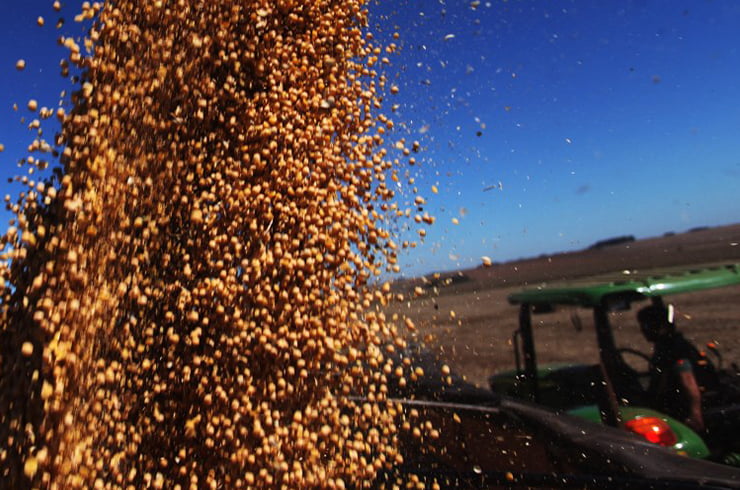
Despite having more than 2,000 registered formulated products, Brazil has low availability of seed treatment (TS) products in some crops and unwanted biological targets. This is what the Abrasem study (Brazilian Association of Seeds and Seedlings) points out.
No less than 98% from hybrid corn seeds and 70% from soybean seeds are treated in Brazilian agriculture. It is the seed treatment that allows the control of biological objectives in the early stages of cultivation, since many pathogens remain in the soil, such as, for example, fusarium and sclerotinia.
Adoption of TS more than doubled in six years: Market value jumped from $ 360 million in 2009 to $ 870 million in the 2014-15 harvest, showing strong growth and its perception of value by farmers, according to Abrasem data. According to the study, however, said control is "threatened by the low availability of products."
To treat insects in corn, cotton, wheat, peanut and rice seeds, the products available belong to the same mode of action, "which fatally increases the continuing pressure of pest and disease resistance selection," says the research: For many crops with less economic impact, the situation is even more serious, with little or no availability of plant protection products for such treatment. Facts that make the rotation of plant protection products difficult or impossible and, consequently, the management of resistance. "
According to official data, there are 82 registered products for seed treatment (including carbofuran-based PF): for soybean cultivation, 61; for corn, 52. For beans, cotton and wheat, respectively, 44, 42 and 39 formulated products are registered for the TS. For the cultivation of peanuts, 18 products; irrigated rice, six products; melon and watermelon only one and for papaya, for example, without product.
"In view of the fragile scenario in the availability of plant protection products for seed treatment, both for crops with high economic representation and for crops with less representativeness, adjustments are necessary to correct this dysfunction, given the impossibility of practicing rotation of products and the correct management of resistance to pests and diseases, "concludes the Abrasem study.
Soon, the Agrolink Portal will present a new report based on this study that will identify the "critical biological objectives" identified by Abrasem that should be prioritized due to the low availability of products for the treatment of seeds, otherwise it would compromise Brazilian agriculture.
LS Electromecanica launched the 1st Fodder Seed Fighting Plant in URUGUAY !!!
